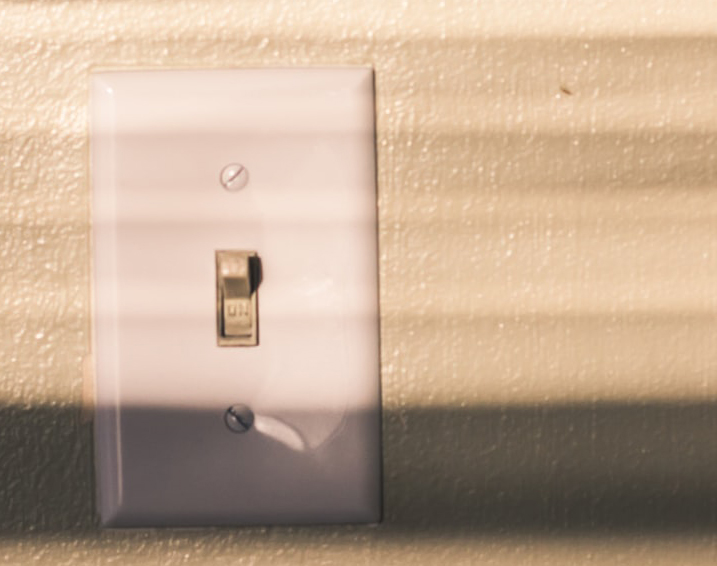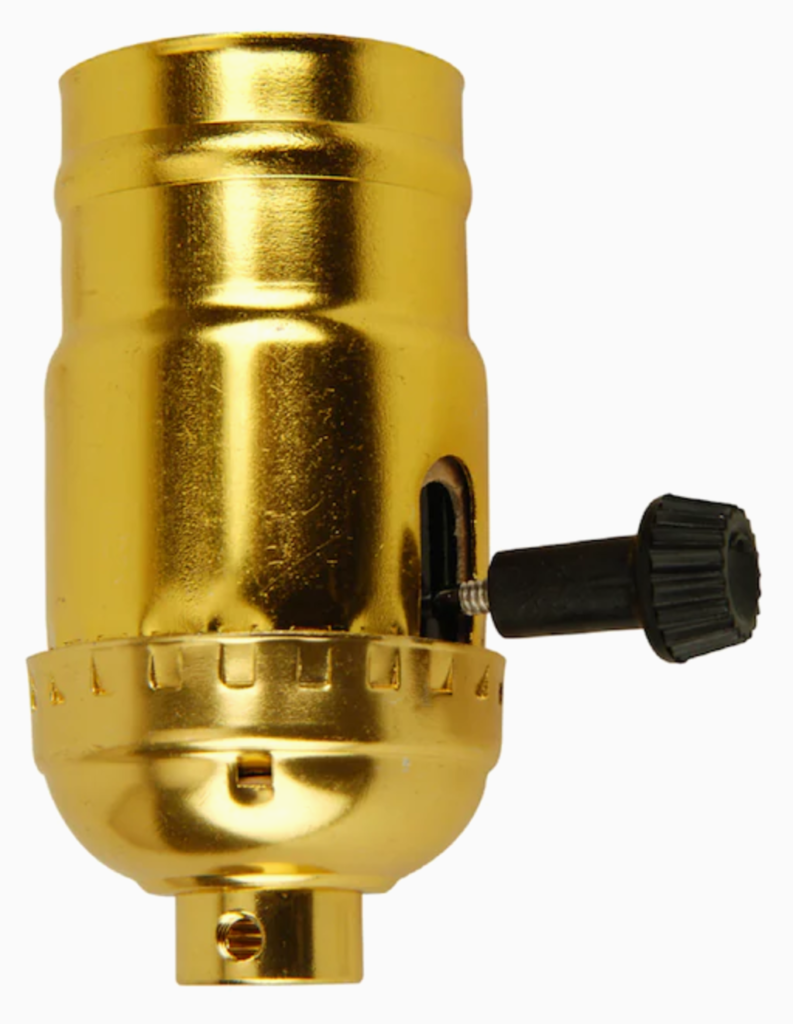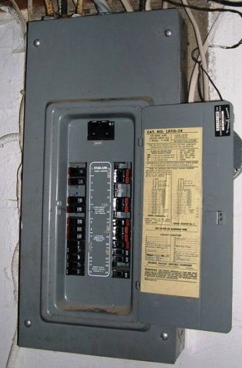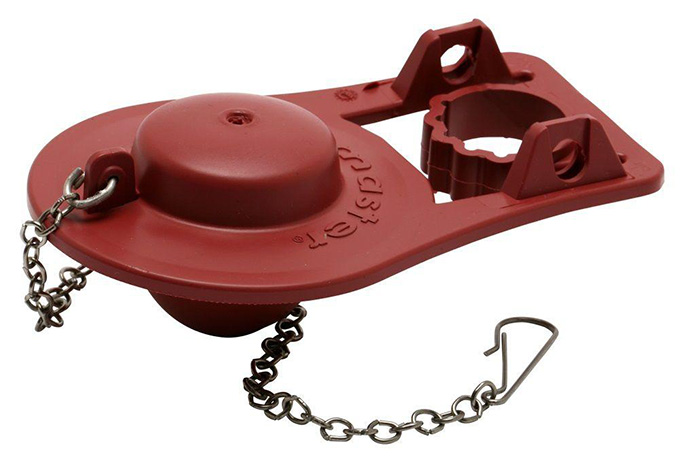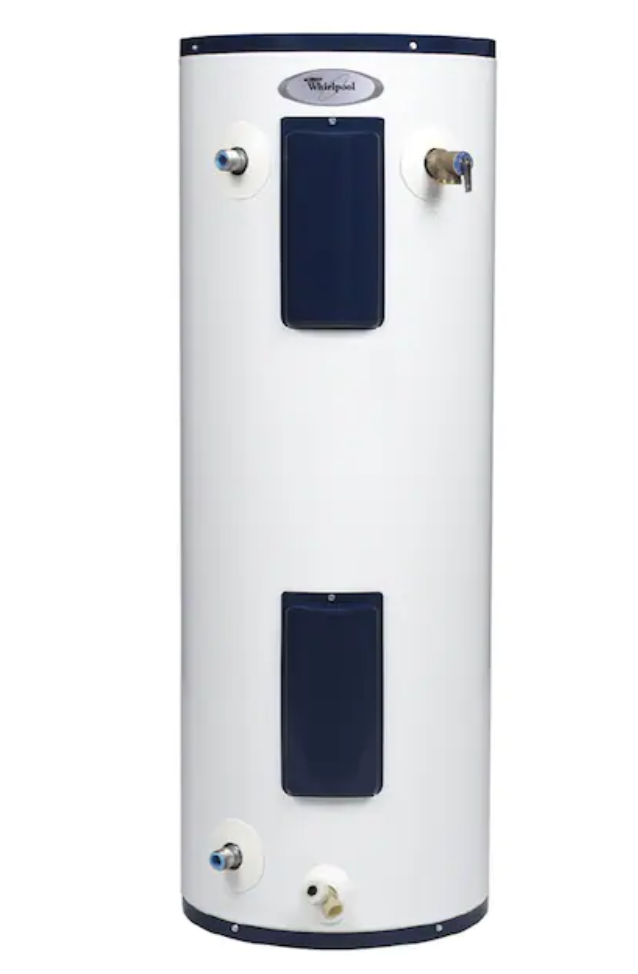
Photo by Francesca Tosolini on Unsplash
Can I fix that myself?
Ah, the joys of home ownership. Sitting on the deck, sipping sweet tea, watching a solitary hawk circling over the distant hills. Your own personal paradise! If only that could last. The flip side of home ownership is all the nagging problems that can rear their ugly heads without warning. Some are just minor annoyances, but some may have serious repercussions for both your wallet and your peace of mind. So, you find yourself asking the question, “Can I fix that myself?” Maybe you can. Let’s take a look at some common problems you may have to face.
Electrical
Feelin’ HOT HOT HOT!
You reach for a wall switch to shut off the recessed lights in your living room, and you find the switch and plate are hot to the touch. This is not part of a light switch’s normal functioning, and it could indicate danger lurking in the wall.
Over time, light switches start to wear out. As the switch starts to fail, a small spark is emitted on the electrical contacts when you turn the light on and off. You may even hear a slight crackling sound when flipping the switch. After a while the contacts don’t meet correctly, and the electricity flows over the gap, causing heat. This is a fire risk. You need to replace the switch yesterday!
Now comes the question, “Can I do this myself?” That depends. Are you handy with simple tools, like screwdrivers and wire strippers, or does the thought of unscrewing the switch cover plate send you into a cold sweat? Electricity must never be taken lightly (no pun intended). If not handled with care, it can hurt you, or even kill you. But if you’re the type who can watch a few YouTube videos about changing a light switch and then attack it like a pro, then go for it.
Just observe the cardinal rule about electrical work: NEVER work with a live circuit. Go to your breaker box and shut off the breaker that controls the switch you will be replacing. You may need an assistant with a flashlight if you find yourself working in the dark, but it’s not worth risking life or limb by working with live electricity.
Click here to watch a how-to video on replacing a light switch.
Granny’s favorite lamp
That old lamp you got from Granny has stopped working. Here’s some good news: There’s a HUGE chance that all you need to do is replace the socket. These cost only a few dollars, and they’re really easy to change.
One good thing about working on a lamp is how easy it is to eliminate any danger of electrocution. Just unplug the lamp from the wall, and voila! No more power.
Here’s a video that shows how easy it is to replace that socket.
Breaker, breaker…
Here’s where things get dicey. You pop a few slices of bread into the toaster and push down the button. Suddenly your kitchen lights all cut off. Time for a trip to your breaker panel. You find the tripped breaker easily and flip it back on, but before you can blink it trips again.
Maybe there’s even a slight burning smell, or it’s warm to the touch. That breaker needs to be replaced. “Can I do this myself?” We’d have to tell you no on this one. You’d need to shut off the main power to your house. Why? Because nothing says DEAD faster than having 220 volts of power crashing through your bones from messing with a breaker box. Time to bite the bullet and call a licensed electrician.
Plumbing
Don’t be such a drip
Are you experiencing the home version of water drip torture? It’s not loud, but it’s persistent. Drip… drip… drip… All night long! Time to tackle that leaky faucet. “Can I do that myself?” No reason why not, unless you’re a total butterfingers who also can’t tell a wrench from a screwdriver.
Chances are good that the culprit is a worn washer or O-ring. Do you have separate handles for hot and cold? Then shut off the water to each of them one at a time to determine which one is the source of the drip. When you figure that out, then it’s time to disassemble that faucet handle so you can replace the washer and O-ring.
Be sure to shut off the water to your sink first, or you may find yourself with an unplanned indoor swimming pool. If the faucet is really old and worn out, it’s time to buy a new one. You’ll need to find a new model that will match the holes that remain from your old faucet.
Watch this video to see how easy fixing that leak can be!
Toilet marathon
Your toilet must be preparing for a cross-country marathon. It just won’t stop running. That leaky water sound doesn’t go away after and between flushes. This is an amazingly easy fix.
Open up the tank lid and locate that rubber flapper valve down at the bottom. There’s your culprit. As this part ages, it can become stretched out, or it can stiffen. Either way, it no longer seals like it did when it was new. In addition, harsh chemical toilet cleaners can shorten the flapper valve’s lifespan. Best to find a natural alternative, even if it takes more elbow grease.
Here’s a great video that will make you a pro at stopping running toilets.
In hot water
Those large tank water heaters in most homes have a limited life expectancy. Experts say to expect about eight to ten years, but some last longer and some die sooner. If your water heater is leaking or not keeping up with demand any more, perhaps it can be repaired. However, if it’s already more than ten years old, it may need to be replaced. Don’t take chances.
A malfunctioning water heater can cause serious flood damage to your home. Also, you have an opportunity to replace it with a more energy-efficient model and save money on your monthly electric or gas bill.
“Can I fix that myself?” For most homeowners, we’ll have to say NO. Without the know-how, you may not be able to diagnose the issue to decide whether your unit is repairable or replaceable. And if there are copper pipes involved, we don’t recommend that novices mess around with propane torches. It’s time to call a licensed plumber.
Did you know?
A qualified home inspector checks out all home appliances for peace of mind.
Buying or selling a home?
Avoid unpleasant surprises! Contact Asheville Home Inspector Peter Young before signing any contracts. Call (828) 808-4980, or click here to make an appointment.
